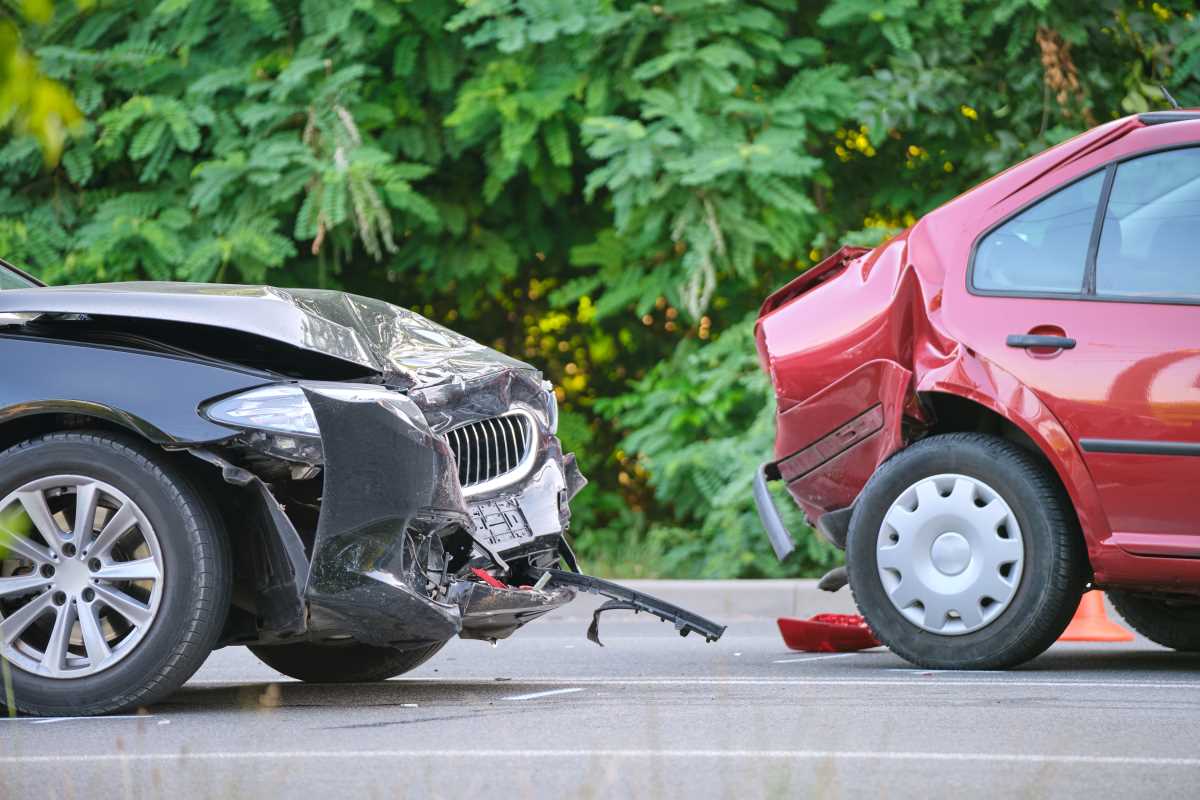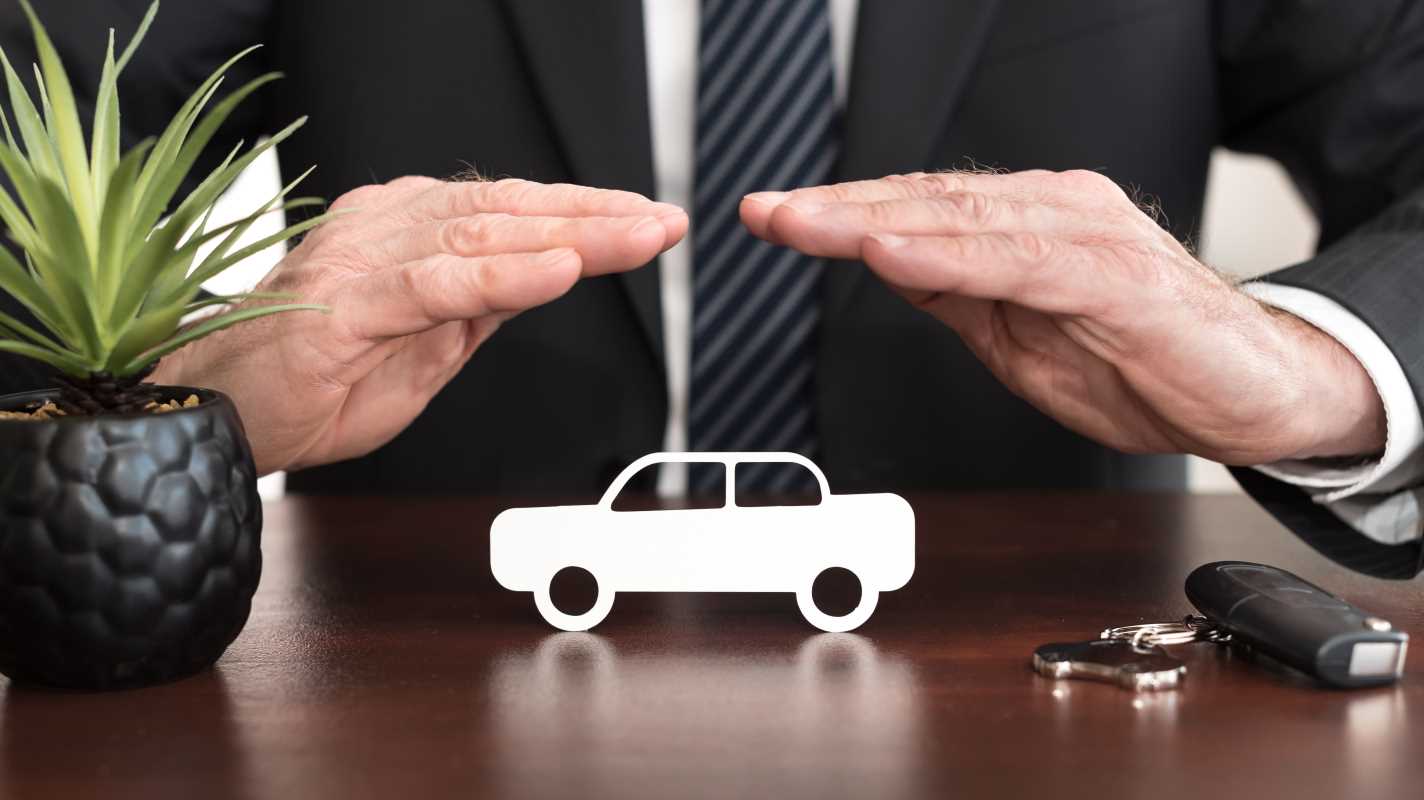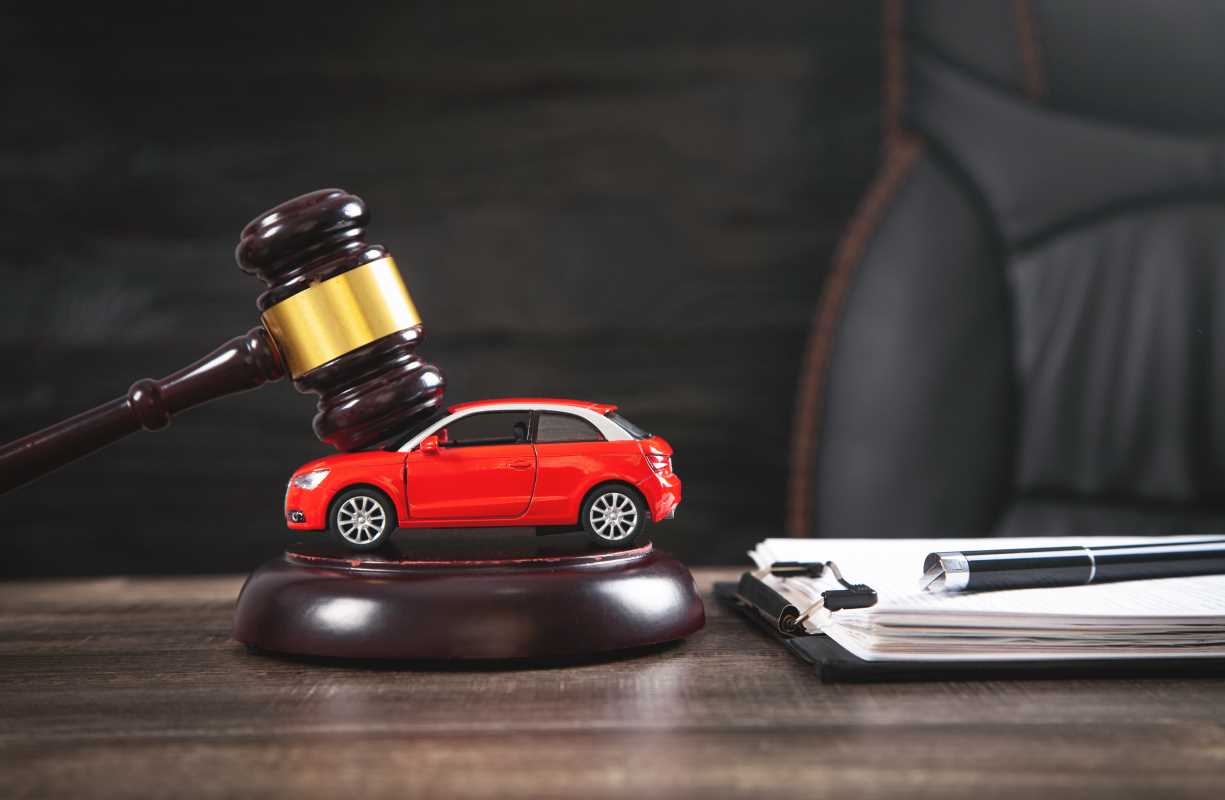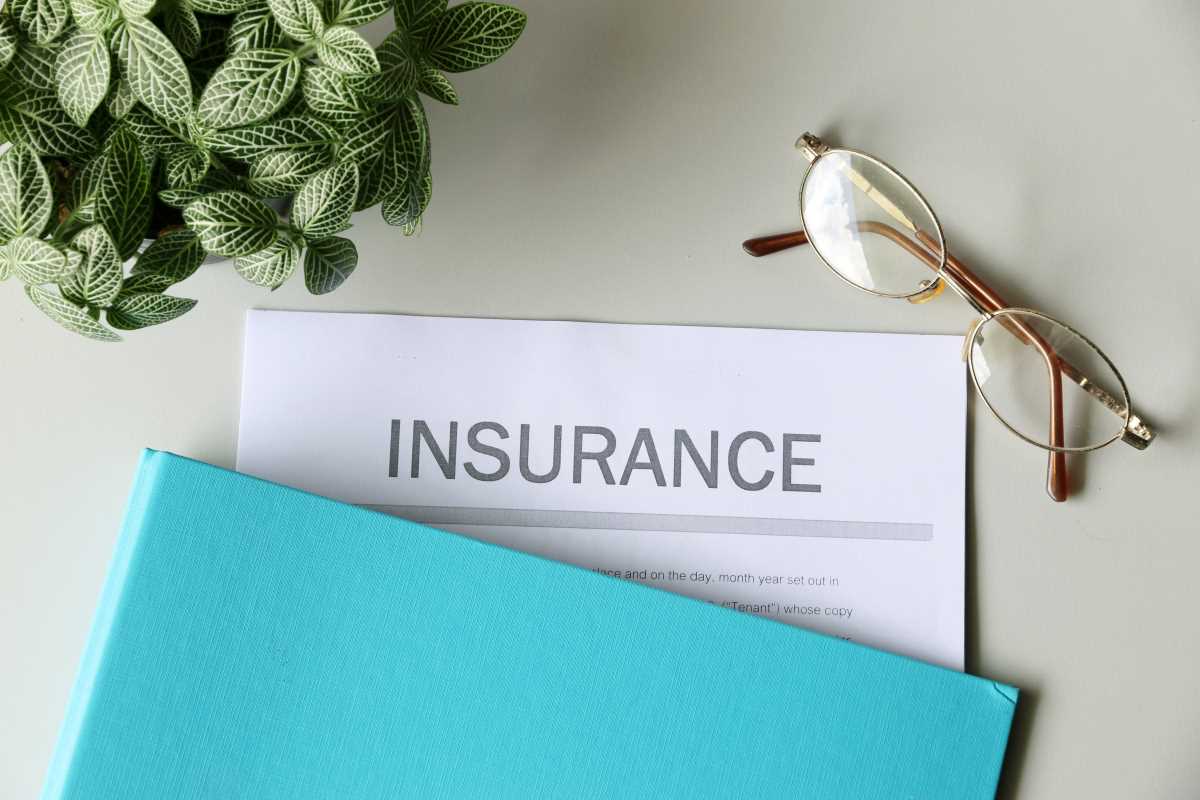Getting your driver's license is a huge milestone. It’s the ultimate key to freedom, opening up a world of road trips, late-night food runs, and no longer having to ask for a ride. But that excitement can quickly turn to sticker shock when you see your first car insurance quote. New drivers often face sky-high premiums, and it can feel like a penalty for simply being inexperienced. The reason is that insurance companies operate on risk, and statistically, new drivers are more likely to get into accidents. But here’s the secret: your first quote is not your final destiny. There isn't just one "trick" to getting affordable car insurance; there are many. By making smart choices about your training, your car, your coverage, and your shopping habits, you can take control of your rate and prove to insurers that you're a safe bet.
Why New Drivers Get High Quotes
Understanding why your insurance quote is so high is the first step to lowering it. To an insurer, a driver with no track record is a complete unknown. They have no data to prove you're a safe driver, so they rely on statistics for your age group, which unfortunately show a higher rate of accidents and claims. This isn't personal; it's just business based on risk pools. This lack of a driving history is the primary reason for high premiums.
Insurers also look at common claim patterns. Younger drivers are more likely to be involved in accidents caused by inexperience, such as misjudging a corner or following too closely. The good news is that this period of high rates doesn't last forever. Insurers know that risk decreases with experience. You'll often see your rates start to drop significantly after you've been licensed for a few years, and again after you pass certain age milestones, like turning 25, provided you keep your driving record clean.
Build a Profile Insurers Love
Your goal is to actively build a driver profile that screams "low risk." The best way to start is with formal driver training. Completing a certified driver's education course shows insurers that you have professional instruction, and many offer a discount for it. If you're still in school, the Good Student discount is one of the most powerful tools in your arsenal. Most companies offer a significant price break for maintaining a B average or better, as studies show a correlation between good grades and responsible driving.
Embracing technology can also pay off. Many insurers offer Telematics programs, which use a smartphone app or a small device plugged into your car to monitor your driving habits. By demonstrating safe acceleration, braking, and cornering, you can earn a personalized discount based on your actual performance. Finally, keeping your driving record spotless is non-negotiable. Avoiding tickets and at-fault accidents is the single most effective way to ensure your rates go down over time.
Choose the Right Car and Coverage
The car you drive has a massive impact on your insurance premium. A flashy sports car or a huge truck will be much more expensive to insure than a modest, safety-oriented sedan. Insurers look at a vehicle's safety ratings, the cost to repair it, and how likely it is to be stolen. A car with a good safety record, advanced driver-assistance features, and readily available parts will always be cheaper to insure. Before you buy a car, get insurance quotes for several different models to see how the price varies.
When it comes to coverage, you have control. While you should never skimp on liability coverage—the part that pays for damage you cause to others—you can make smart choices elsewhere. For an older, paid-off car, you might decide to forgo collision and comprehensive coverage, which pay to repair your own car. For a newer car, especially if it's financed, you'll need those coverages, but you can lower your premium by choosing a higher deductible. A $1,000 deductible will result in a lower monthly cost than a $500 one.
Get Quoted the Smart Way
Shopping for insurance is a skill. The most important rule is to get at least three to five quotes from different companies. Prices can vary by hundreds or even thousands of dollars for the same driver and coverage. When you compare, make sure you're getting an "apples-to-apples" quote with the exact same coverage limits and deductibles.
For many new drivers, the cheapest option is to be added to a parent's or guardian's policy. This allows you to benefit from their established driving history and potential multi-car and bundling discounts. However, it's still worth getting a quote for your own standalone policy to be sure. Look for other discounts, too. Many insurers offer a price break if you bundle auto with renters insurance or if you pay your six-month premium in one lump sum instead of in monthly installments.
Everyday Habits That Cut Your Premium Over Time
Your daily habits can have a slow but steady impact on your insurance costs. How much you drive matters, so be honest about your annual mileage. If you're a student living on campus without a car for most of the year, you may qualify for a "student away at school" discount. Where you park your car overnight can also make a difference. Parking in a secure garage is seen as less risky than parking on the street.
One of the most important habits is maintaining continuous coverage. Letting your insurance lapse, even for a day, can flag you as a higher risk and lead to much higher rates when you try to get a new policy. It's also wise to avoid filing small claims. If you have a minor fender bender with repair costs that are close to your deductible, it may be cheaper in the long run to pay out of pocket than to file a claim and face a potential premium increase for the next few years.
Special Situations and Pitfalls
As a new driver, you need to be aware of a few common pitfalls. When living with roommates, be clear about who is a household member. Insurers generally require all licensed drivers in a household to be listed on a policy or formally excluded. If you decide to drive for a rideshare service like Uber or Lyft, your personal policy will not cover you while you're working; you'll need a special commercial or rideshare endorsement.
If you finance or lease your car, the lender will require you to carry full coverage, limiting your ability to drop collision and comprehensive to save money. And if you make a serious mistake and get a major violation like a DUI, you may be required to file an SR-22 with the state. This is essentially a certificate of financial responsibility that will cause your insurance rates to skyrocket for several years.
A New Driver’s Step-by-Step Checklist
Ready to find that affordable rate? Follow this simple plan. First, gather your information: your driver's license, the Vehicle Identification Number (VIN) of the car you'll be driving, and any certificates from driver's training courses. Next, decide on your target coverage levels. Aim for liability limits higher than the state minimum to protect yourself, and choose a deductible you can comfortably afford.
Then, start quoting. Get prices from at least three to five different companies, including major national brands and smaller regional ones. Be sure to ask each one about all available discounts. Compare the quotes carefully, looking at both the price and the company's reputation for customer service. Once you pick a winner, activate the new policy and make sure you have proof of insurance before you hit the road. Finally, set a calendar reminder to repeat this shopping process every six months—your reward will be watching your rates go down as your experience goes up.







